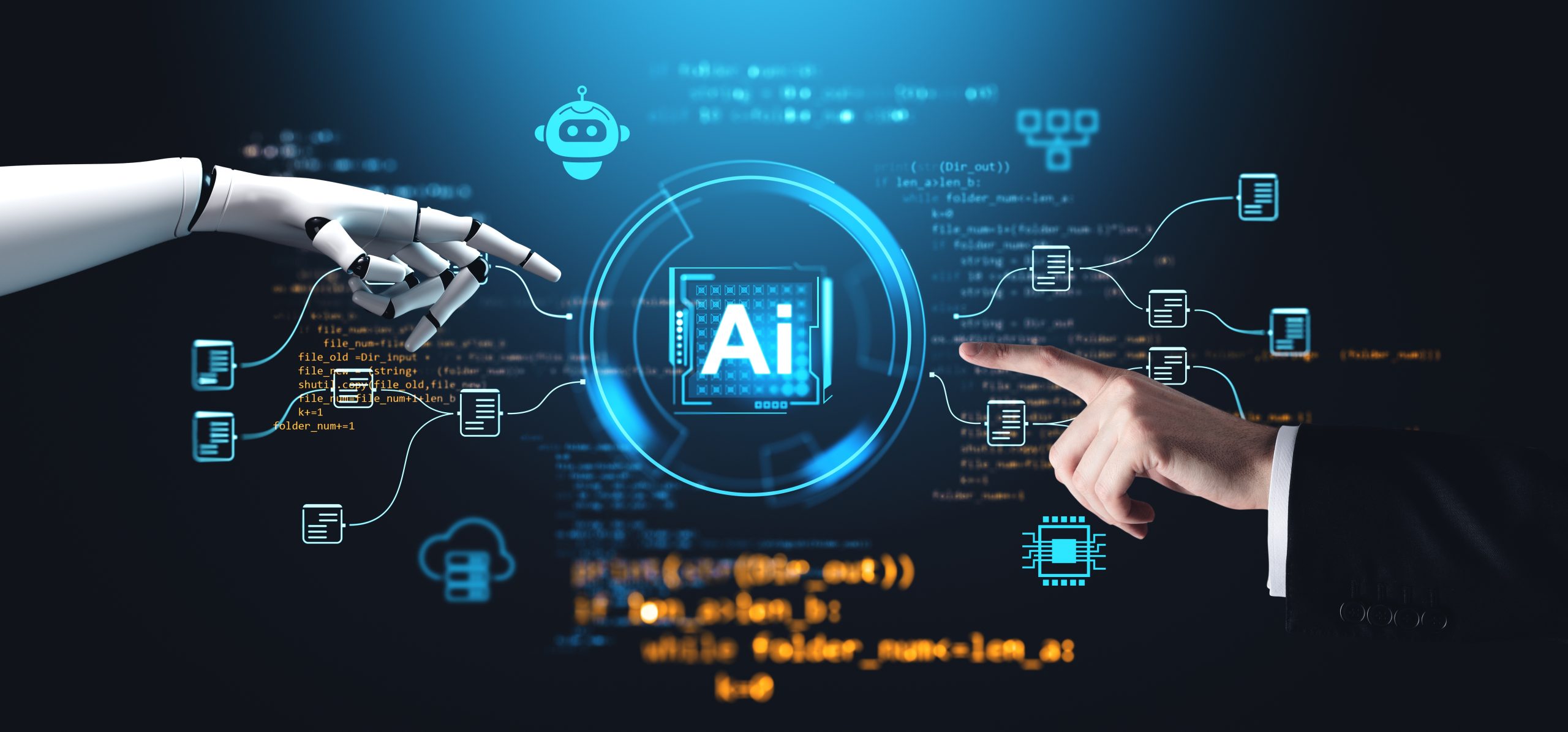Exploring the Limits of Artificial Intelligence and the Importance of Human Collaboration
Artificial Intelligence (AI) is a term that often conjures images of high-tech robots, supercomputers, and a future where machines might outsmart us. But underneath the hype and mystery, AI is simply a set of routines and algorithms built to identify patterns in vast amounts of data. The public definition of AI can be misleading, suggesting a kind of independent intelligence divorced from human oversight. In reality, AI’s abilities and usefulness are deeply intertwined with human input, especially when it comes to context and relevance.
AI: More Than Just Data Crunching
At its core, AI is not “intelligent” in the way people perceive intelligence. Its decision-making is rooted in data: what data it has, how that data is structured, and what patterns emerge. The algorithms behind AI are designed by people, trained with data curated by people, and evaluated by people. The so-called “best answer” that AI produces is the result of mathematical routines weighing up probabilities, often without an understanding of the real-world context in which those answers will be used.
The Importance of Context
Context is where people truly shine. Humans can interpret nuance, tone, and the subtle meanings behind words or events. AI, on the other hand, can only approximate this understanding if it’s fed enough examples. Even then, it’s the human input that guides AI to recognise what’s relevant and what isn’t. For instance, when responding to questions, AI can generate technically correct answers that miss the mark because it doesn’t grasp the specific situation, cultural background, or emotional undertones. People provide the context, ensuring the answers are not just accurate but appropriate and useful.
Relevance: A Human Lens
Relevance is not something that can be derived from data alone. It’s about knowing what matters in a specific moment, for a specific person, or within a particular culture. AI might sift through millions of data points and highlight patterns, but it can’t decide what’s important without human guidance. The routines and algorithms can point to what’s statistically likely to be the “best” answer, but only people can judge whether that answer is meaningful.
Why “Artificial Intelligence” Is a Misleading Label
The label “artificial intelligence” suggests a kind of autonomy that simply doesn’t exist. AI is not creative, empathetic, or truly intelligent—it’s a tool that sorts, analyses, and predicts based on existing data. The routines and algorithms that power AI have no sense of ethics, values, or common sense unless these are built in by people. When AI gets things right, it’s because someone made sure it understood what “right” looks like in that context.
The Ongoing Need for Human-AI Collaboration
As AI becomes more prevalent in our daily lives—from the apps on our phones to the systems managing our transport and health services—it’s tempting to imagine a future where machines run everything.
Alongside technical advances, the management of change and actively engaging with people and stakeholders are essential for successful AI adoption. Ensuring open communication and involving those affected helps to smooth transitions, build trust, and align technology with real-world needs. This collaborative approach underpins the effective and responsible integration of AI into society.
But the reality is, the more complex and sensitive the task, the more essential people become. AI can assist, automate, and augment, but it cannot replace the human ability to interpret, empathise, and make judgement calls.
Conclusion
AI is a powerful tool, but it needs people to truly function well. We provide the context, define relevance, and correct its course when it goes astray. As we continue to develop smarter algorithms and train them on larger datasets, it’s crucial not to lose sight of our indispensable role. In the end, AI doesn’t replace people—it relies on us, every step of the way.


Comments are closed